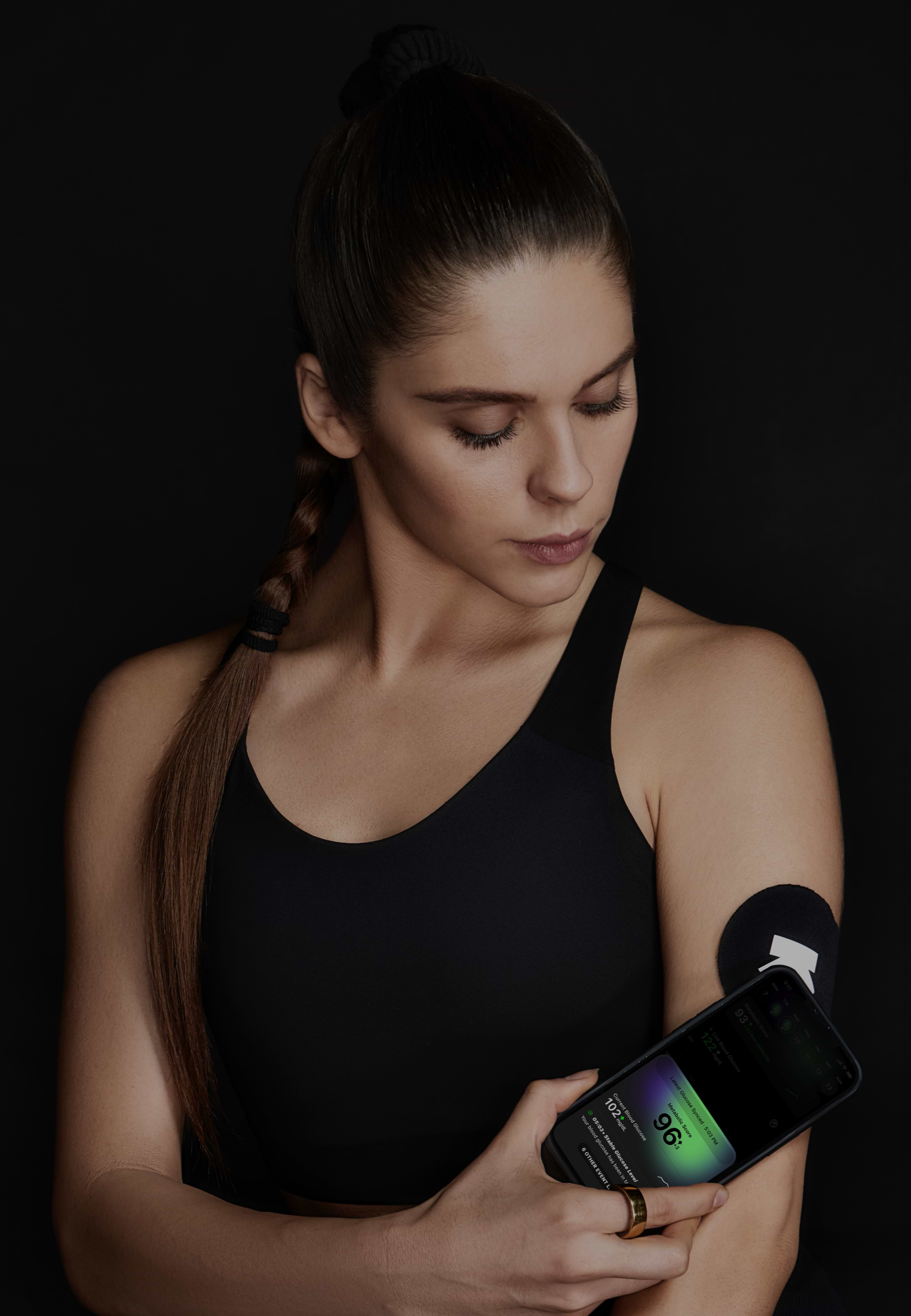
Dosa (1 Piece)
Breakfast
169 mg/dL
avg. peak value
Usually causes a large spike
Avg. Food Score on Ultrahuman App
Ultrahuman Users got an UNSTABLE response
How to consume Dosa without glucose spikes
Pair with Protein and Fiber
Add a source of protein like paneer, eggs, or lentils and fiber-rich vegetables such as spinach, bell peppers, or tomatoes to your dosa meal to slow down digestion and prevent spikes.
Opt for Whole Grains
Choose a dosa made from whole grain ingredients like brown rice or quinoa to improve nutrient content and reduce rapid glucose increases.
Use Fermented Batters
Utilize naturally fermented batters as they may moderate blood sugar levels compared to non-fermented versions.
Incorporate Healthy Fats
Include healthy fats such as avocado, olive oil, or nuts in your meal to enhance satiety and stabilize blood sugar levels.
Drink Water Before Eating
Consume a glass of water before your meal to aid digestion and promote fullness, which may help in controlling the amount of dosa you eat.
Control Portion Size
Limit the portion size of your dosa to avoid excessive carbohydrate intake in one sitting.
Accompany with Non-Starchy Sides
Serve dosa with non-starchy vegetables or salads to add bulk without additional carbohydrates.
Mindful Eating
Practice mindful eating by chewing slowly and savoring each bite to better regulate portion control and digestion.
Physical Activity
Engage in light physical activity, such as a walk, after eating to help your body utilize glucose more efficiently.
Regular Monitoring
Keep track of your blood sugar levels before and after meals to understand how your body responds and make necessary adjustments.

Discover
metabolic
health with M1
Ultrahuman M1 helps you measure the impact of food and activity on your body in real time through glucose as a biomarker.
Explore Ultrahuman M1Find Glucose response for your favourite foods
Explore OGDbYour cart is empty
Browse through our products and find something for you.
